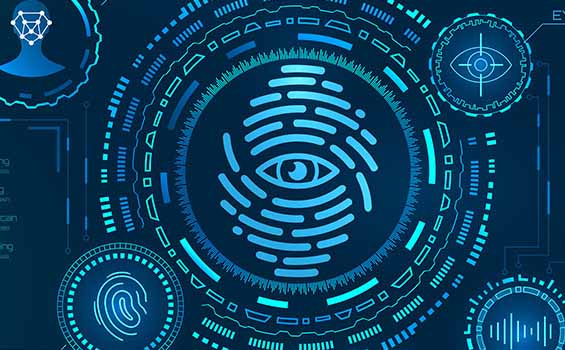
Cybersecurity is an integral part of every business. After all, if you cannot protect your company from hackers and other cybercriminals, your customers might think of you as unreliable and might even want to take their business elsewhere. You probably wouldn’t want that, would you?
Thankfully, there are several ways you can prevent that – one of them being SIEM software. Before you start getting in touch with companies that specialize in security information and event management consulting, you need to find out more or less what it is all about so that you can make knowledgeable decisions.
Since we understand that it is not an easy subject, we decided to prepare a guide that will explain SIEM in an easy way. Interested? Keep on reading then.
What Is SIEM?
SIEM (security information and event management) is software that analyzes data from several different outlets and monitors it for any suspicious activity and potential cyberattacks. SIEM combines SEM (security event management, which analyses an event and log data in real-time in order to provide event correlation, threat monitoring, and incident response) with SIM (security information management, which simply analyzes log data and creates a report).
SIEM provides two main capabilities to an Incident Report team – reports and forensics security incidents and provides alerts based on analytics that match a certain rule set and indicate if there are some problems with the security.
How Does SIEM Work?
Now that you know more or less what SIEM is, let’s move to the second important thing – the way it works.
The software collects log and even data generated by host systems, applications, and security devices from your company’s infrastructure and collates it on a centralized platform. It doesn’t matter if it’s a firewall log or an antivirus event – SIEM collects all the data, and divides it into categories – for example, failed and successful logins, malware activity, and other potentially harmful activity.
When SIEM notices something that can be considered as a threat, it sends an alert to the organization (in this your company) indicating a potential security issue. You can set them to be either low or high priority by using a set of predefined rules.
Let us give you an example. Let’s say that a user account has generated 20 failed login attempts within 15-20 minutes – such action can be flagged as suspicious activity but low priority. This is probably just one of the employees trying to access their account because they have forgotten the login details. However, if a user account generates 100 failed login attempts in less than 5 minutes, then this is probably a brute-force attack in progress and needs to be flagged as a high priority incident.
Why Would You Need SIEM?
There are many reasons why your company would need SIEM. First of all, it is a very powerful method of threat detection, long-term analytics of security logs and events, and real-time reporting. It is extremely useful for every organization – no matter their size.
Some of the benefits of using SIEM include:
- reduced costs
- increased efficiency
- prevention of potential security threats
- reduced impact of security breaches
- IT compliance
- better log analysis, reporting
SIEM allows your IT team to identify, review and react to potential threats faster. Identifying the breach in its early stages ensures that it either doesn’t have any impact on the organization, or it is a lot smaller than it would be if the breach went by undetected.
To put it shortly, security information and event management (SIEM) lets the IT team see a bigger picture, as it collects data from several sources. For example, one alert from an antivirus might not be worth panicking over, but if it is combined with several traffic anomaly alerts from the firewall, it could indicate that there’s a severe breach in progress. SIEM keeps all those alerts in a centralized console, which allows a fast and thorough analysis.
The Bottom Line
As a business owner, the security of sensitive data of your clients, as well as of trade secrets, should be a priority. However, nowadays, the danger is lurking at every corner – especially on the web, which is why sometimes, it might be impossible to protect information with just one tool.
Thankfully, the technology is so advanced these days. You have a plethora of tools and software that can help you keep both your clients and yourself safe – one of them being SIEM tools.
As you could see above, SIEM is more than just a tool that tells you whenever there’s suspicious activity. It helps you stay organized, by providing you with reports and keeping all the data in one place, even though it collects it from several different sources. Isn’t it a win-win?

